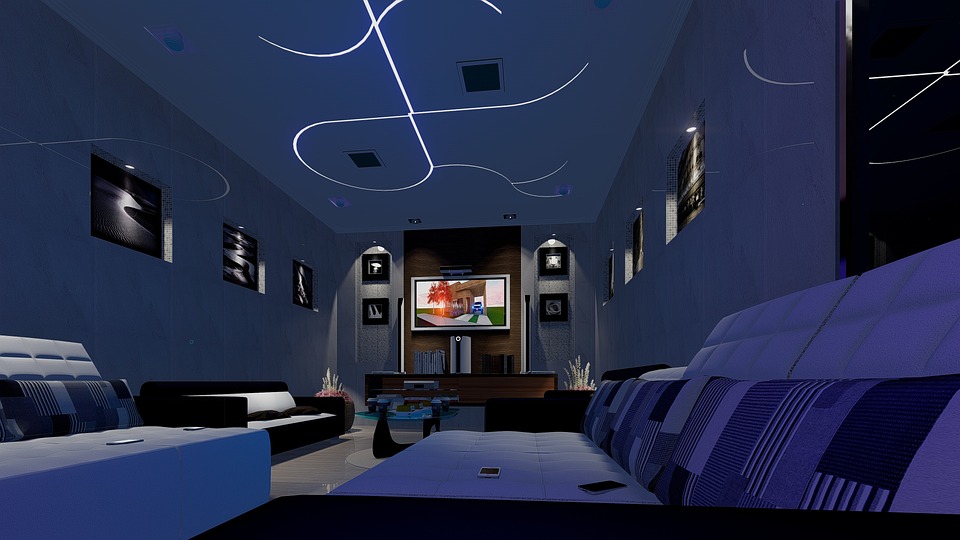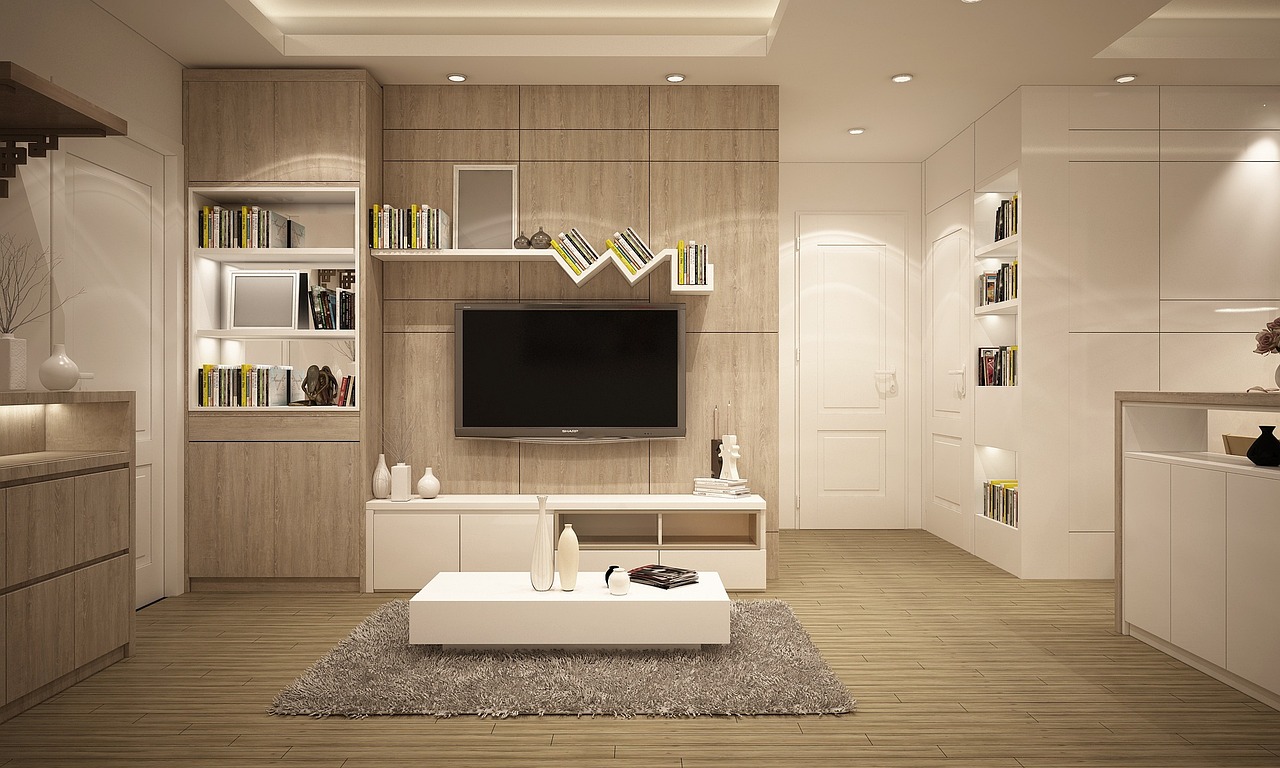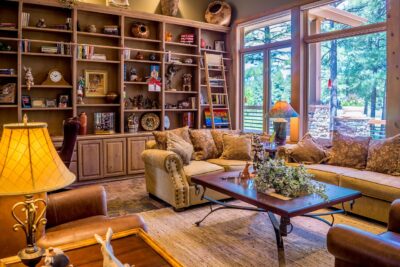
How to Retrofit Old LED Fixtures with Modern Covers
How to Retrofit Old LED Fixtures with Modern Covers By Aman | Updated on April 15th 2025 LED lighting has pretty much taken over the
Home » Why Upgrade to LED Fixtures? A Detailed Look
Lighting plays a vital role in enhancing the functionality and aesthetic appeal of any space. Over the years, advancements in technology have made it possible to transition from traditional lighting systems to more efficient and cost-effective solutions. Among these, LED fixtures have emerged as a superior choice for both residential and commercial applications.
Upgrading to LED fixtures offers a host of benefits, including energy efficiency, longer lifespans, and better light quality. This article delves into the technology behind LEDs, their economic and environmental advantages, and the flexibility they bring to lighting design.

LEDs (Light Emitting Diodes) generate light by passing an electrical current through a semiconductor material. This process differs from traditional incandescent bulbs, which rely on filaments that burn out over time, and fluorescent lights, which use gas to produce illumination.
LED fixtures include:
These components work together to create a lighting solution that is highly efficient and durable, setting LEDs apart from traditional options.
LED fixtures consume significantly less energy than incandescent or fluorescent bulbs. This results in:
LEDs last much longer than traditional bulbs, with a lifespan of up to 50,000 hours. This reduces:
LEDs provide consistent and high-quality illumination, characterized by:
Unlike traditional bulbs that convert most of their energy into heat, LEDs remain cool. This:
Switching to LED lighting offers significant financial advantages:
While the initial cost of LED conversion may be higher, the long-term savings far outweigh the upfront investment due to reduced energy consumption and maintenance costs.
Many local governments and utility companies offer:
For businesses looking to implement economical lighting solutions, these incentives can accelerate the return on investment.
LED fixtures are a sustainable choice for lighting, offering:
Unlike fluorescent lights, which contain mercury, LEDs are free of toxic chemicals. Their recyclable components make them easier to dispose of, further minimizing environmental harm.
One of the standout features of LEDs is their versatility:
LEDs are available in various shapes, sizes, and colors, making them ideal for:
LEDs integrate seamlessly into smart home and building systems, allowing:
Their compact size and directional lighting capabilities make LEDs suitable for diverse applications, from homes to large industrial spaces.
For complex installations, consult professional services specializing in retrofitting and lighting upgrades.

The benefits of LED lighting are undeniable, from significant energy savings to enhanced light quality and design flexibility. Whether for a home, office, or industrial space, switching to LED fixtures is a practical step toward efficiency and sustainability.
Fluorolite offers a range of replacement light covers designed to complement LED installations. These covers enhance light diffusion and ensure an aesthetically pleasing finish, making them a valuable addition to any lighting upgrade.
Upgrading your lighting not only saves money but also contributes to a safer and greener environment. Consider the advantages of LEDs and explore high-quality solutions to modernize your spaces effectively.
The upfront cost of LEDs may be higher than traditional lighting, but the energy savings and reduced maintenance make them a cost-effective choice over time. For additional savings, explore Fluorolite’s products that pair seamlessly with LED upgrades.
LEDs have a lifespan of up to 50,000 hours, which can translate to 10-15 years of use depending on usage.
Yes, LEDs are highly durable and designed to withstand various weather conditions, making them perfect for outdoor use.
Many LED lights are compatible with dimmers, but it’s essential to ensure the dimmer is LED-compatible to avoid flickering or malfunction.
LEDs consume less energy, last longer, and are free of toxic materials like mercury, making them a sustainable lighting solution.

How to Retrofit Old LED Fixtures with Modern Covers By Aman | Updated on April 15th 2025 LED lighting has pretty much taken over the

How to Prevent Yellowing and Cracks in LED Fixture Lenses By Aman | Updated on April 15th 2025 You’ve probably seen it before—those once-clear LED

How to Choose LED Fixture Lenses for Harsh Industrial Environments By Aman | Updated on April 8th 2025 Ever stepped into a factory or a
"We've Got You Covered" and Trace n'Fax are Registered Trademarks of Fluorolite Plastics, LLC. © 2011-2024 All rights reserved Fluorolite Plastics